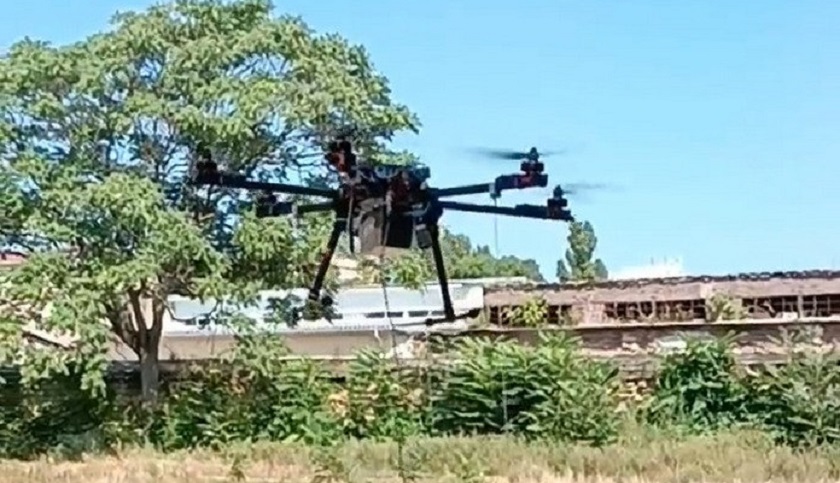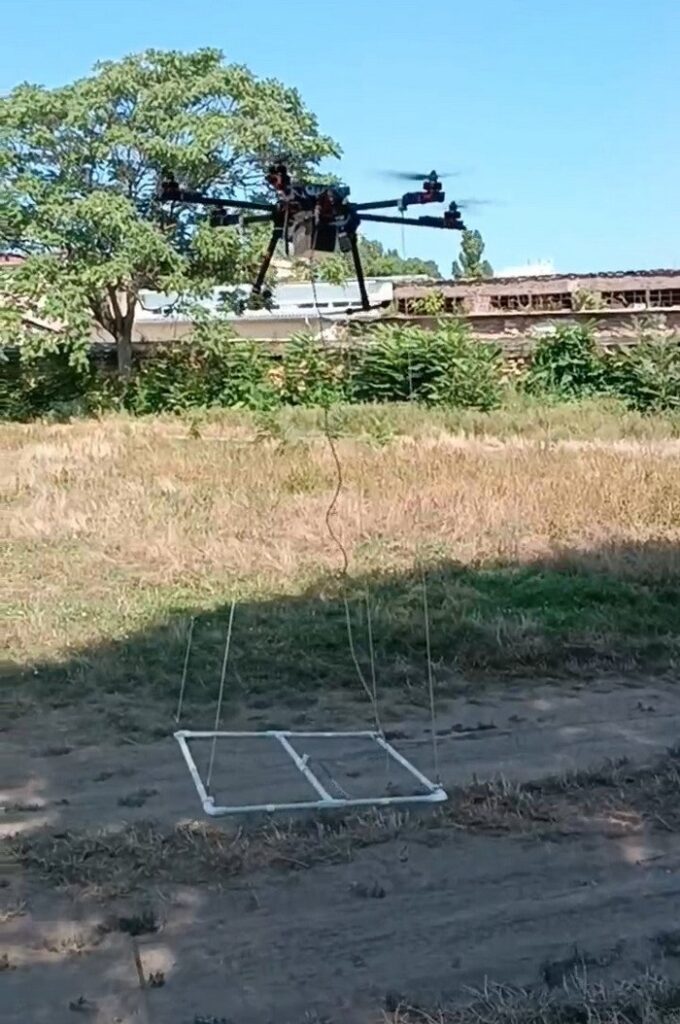
Finds explosives at a depth of up to half a meter: Ukrainians have created a flying robot mine detector
A team of developers from Odesa has created a drone that detects mines by flying over the territory at low altitude. Of course, it won’t completely replace sappers, but it can make their work safer and faster. It helps determine the level of “contamination” of the site with explosive devices.
Odesa residents formed a team and created a mine detector drone. The finished working device has undergone a series of tests – so far on an improvised training ground – during which the drone searched for and successfully found metal objects (actually dummy mines). But soon they plan to hand it over to the sappers for testing directly on demining.
Team members work from their homes in their spare time. Periodically, they meet with the sappers to test and analyze their results and determine what needs to be improved and corrected, said Andriy Tarasyk, one of the team members, in an interview with Fakty.

Technical characteristics
– The drone can stay in the air for half an hour on a single battery charge. With spare batteries, the drone can operate for as long as necessary to complete the task.
– The speed is 6-7 km/h.
– A standard metal detector coil is suspended from the drone on a 1-meter-long cable. The coil should be 30-50 cm above the ground. So the drone flies at an altitude of about 2 meters.
– The drone is equipped with sensors that allow it to fly, taking into account the peculiarities of the terrain.
– The frame of the metal detector is 1 square meter in size. Accordingly, in half an hour, the drone can scout 1.5 thousand. square meters.
– The magnetic coil allows you to find mines at a depth of up to 0.5 meters.
– Automation detects each mine and sends their location to an electronic map. On the map, contamination with metal objects is indicated by six colors. The stronger the signal from a particular metal object, the brighter the color it is displayed on the electronic map. Mine location accuracy of 1 meter.
– There are two modes of drone operation: manual (requiring certain control skills) and automatic (the main mode). The handheld should be used not for surveying territories, but in cases where soldiers at the front are moving through a certain area and need to know if there are mines on it.
Plans.
The team is currently working on a new version of the drone, which is equipped with a magnetometer: “With it, the device will fly a little higher. However, neither the metal detector nor the magnetometer, like other standard technical means of search, can ‘see’ plastic mines. We are working to equip our copter with a device that detects explosives, not metal. In this case, the device will be able to detect plastic mines as well. Moreover, with such a device, there will be no need to pay attention to metal (for example, shrapnel, shell casings), which is very common in areas where active hostilities have taken place.”
They plan to create a public organization that would accumulate funds for the production of flying robots and present the project. In particular, money is needed to organize mass production.

